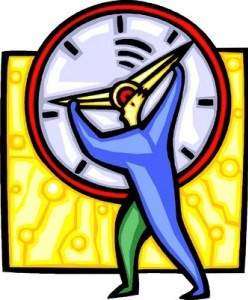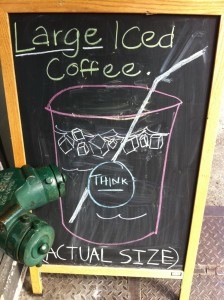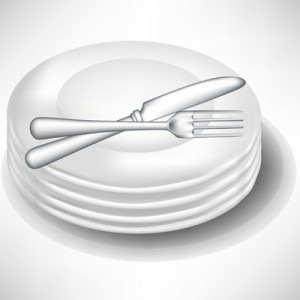 Do You Look Both Ways?
Do You Look Both Ways?
Didn’t your parents teach you to look both ways before you cross the street? The very act of looking and analyzing the situation before you step off the curb means that you are being mindful of your surroundings and aware of potential problems – like a car or bike speeding toward you.
What’s That Got To Do With Eating?
The same process – analyzing the environment and being mindful and aware of your situation — should be true with eating.
Before you pop food into your mouth do you check in with yourself and figure out if you’re really hungry? Is your stomach growling and are you queasy and having trouble concentrating because you haven’t eaten in a long time and your blood sugar is low? Or is your desire to eat being triggered by the wafting smell of the freshly baked bread coming from the open door of a bakery or the sight of just out of the oven chocolate chip cookies?
Those are the kind of triggers that can create an irresistible urge to eat – even if you’ve just had a good sized and satisfying meal.
What’s The Issue?
There are many situations — like the bakery trigger — when you eat in response to external cues (what you see, hear, smell, or even think) rather than mindfully checking in with your body and determining if you’re actually hungry. It’ sort of like looking both ways before you cross the street and then making your choice to cross or not to cross, isn’t it?
Check It Out And Then Make Your Decision
Let your body talk to you – and then listen to it. Before food starts traveling the path to your mouth, stop and ask yourself if you’re really hungry or if you have head hunger — the urge rather than the need to eat because your emotions and external cues are telling you that you should. Do you really need to eat or are your emotions sending you “feed me” messages?
Stop for a moment and look both ways before you decide to take the eating path — and then step off the curb into the street if you deem it safe and decide that’s what you want to do.



